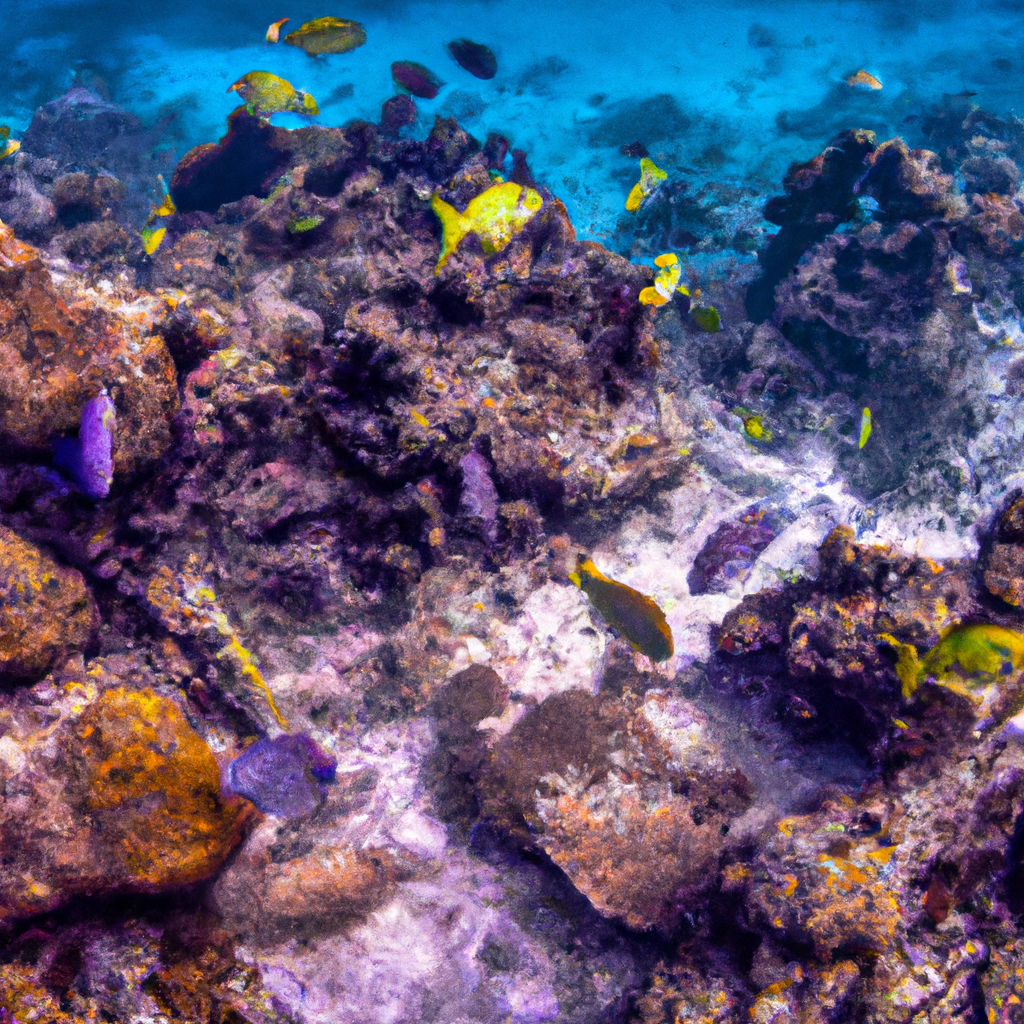
Water is essential for life on Earth, and our oceans play a crucial role in maintaining the balance of our planet’s ecosystems. However, in recent years, a hidden threat has been silently polluting our oceans, endangering marine life and ultimately posing a risk to our own well-being. In this article, we will explore the various ways in which waterworks contribute to ocean pollution and discuss actionable steps we can take to mitigate this issue.
The Impact of Waterworks on Ocean Pollution
Wastewater Discharge: A Silent Culprit
Waterworks, such as sewage treatment plants, are responsible for treating and disposing of wastewater generated by our cities and industries. However, despite their crucial role in maintaining public health, these facilities can inadvertently contribute to ocean pollution. Wastewater discharge, if not properly treated, can release harmful pollutants such as heavy metals, chemicals, and pathogens into our oceans, posing a significant threat to marine life.
Stormwater Runoff: A Hidden Danger
Stormwater runoff, which occurs when rainwater flows over impervious surfaces like roads and parking lots, is another major contributor to ocean pollution. As stormwater collects pollutants such as oil, pesticides, and litter along its path, it eventually reaches our oceans, contaminating the water and harming marine ecosystems. Waterworks must implement effective stormwater management strategies to prevent this pollution from entering our precious seas.
Harmful Algal Blooms: A Consequence of Nutrient Pollution
Waterworks also play a role in nutrient pollution, which can lead to harmful algal blooms (HABs) in our oceans. Excessive nutrients, such as nitrogen and phosphorus, can enter water bodies through wastewater discharges and agricultural runoff. These nutrients fuel the growth of algae, resulting in HABs that deplete oxygen levels, harm marine life, and create dead zones where no marine organisms can survive. It is imperative for waterworks to implement nutrient removal processes to mitigate this threat.
Taking Action: What We Can Do About It
Upgrading Water Treatment Infrastructure
To combat waterworks’ contribution to ocean pollution, it is crucial to invest in upgrading water treatment infrastructure. By implementing advanced treatment technologies, waterworks can effectively remove pollutants from wastewater before it is discharged into our oceans. This includes the removal of heavy metals, pathogens, and chemicals, ensuring that only clean water reaches our seas.
Implementing Green Infrastructure
Green infrastructure, such as rain gardens, permeable pavements, and constructed wetlands, offers a sustainable solution to stormwater runoff. These nature-based approaches help manage stormwater by allowing it to infiltrate into the ground, reducing the amount of pollution that reaches our oceans. By incorporating green infrastructure into urban planning, waterworks can significantly minimize the impact of stormwater runoff on marine ecosystems.
Enhancing Nutrient Removal Systems
To tackle nutrient pollution and prevent harmful algal blooms, waterworks should enhance their nutrient removal systems. Advanced treatment processes, such as biological nutrient removal and membrane filtration, can effectively reduce the levels of nitrogen and phosphorus in wastewater. By implementing these technologies, waterworks can play a vital role in preserving the health of our oceans and preventing the devastating consequences of HABs.
Conclusion
The hidden threat of waterworks’ contribution to ocean pollution is a pressing issue that demands our immediate attention. By upgrading water treatment infrastructure, implementing green infrastructure, and enhancing nutrient removal systems, we can effectively mitigate this threat and protect our oceans. It is crucial that governments, industries, and individuals alike recognize the importance of taking action to ensure the long-term health and sustainability of our marine ecosystems. Together, we can make a difference and create a future where our oceans thrive, free from the pollution caused by waterworks.
